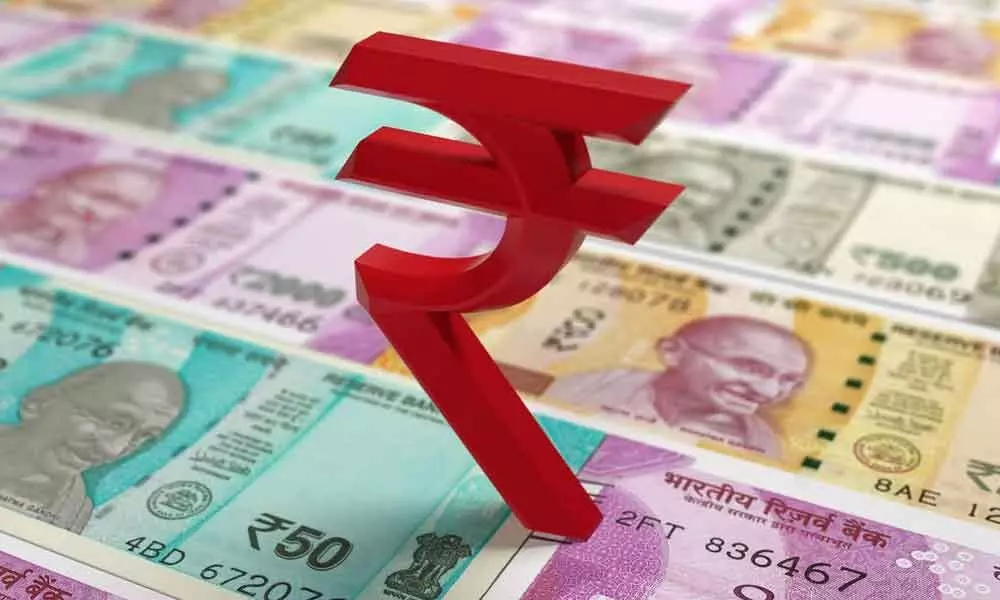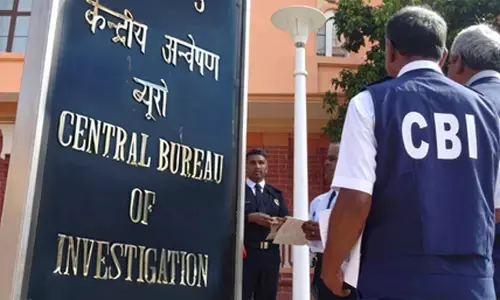Rupee caught between higher inflows, swelling reserves

The Indian rupee has been caught in a flux of higher FDI inflows and swelling foreign exchange reserves, thereby restricting its future movement around the Rs 75 per US dollar mark
The Indian rupee has been caught in a flux of higher FDI inflows and swelling foreign exchange reserves, thereby restricting its future movement around the Rs 75 per US dollar mark.
Analysts opined that the rupee is caught between higher foreign inflows and the Reserve Bank of India's efforts to shore up reserves. Even a lower import bill and stable exports do not seem enough for the rupee to break free from its current range.
"With the RBI continually increasing its forex reserves and investment in dollar via forward contracts, a floor seems to be place below Rs 75 levels on spot," Anindya Banerjee, DVP, Currency and Rates, Kotak Securities, said.
"The upside is also capped due to improving sentiments in the equity and bond markets. All in all, we are looking at a range of Rs 74.80 to Rs 75.80 over the next few weeks, with volatility remaining at a low."
According to Sajal Gupta, Head, Forex and Rates, Edelweiss Securities: "The rupee appreciated swiftly to Rs 74.52 per dollar due to large FDI flows and rising equity markets and then weakened to Rs 75.20 on the back of the RBI's efforts to mop up dollars to shore up reserves which stand at a record high of $513 billion dollars."
India is expected to see a Balance of Payment surplus of $60 billion this year due to lower crude price and falling imports. It is a big surprise that amid such strong FDI inflows, the rupee is still not strengthening as the RBI is mopping up all dollars to the reserves, he added/
Besides, he pointed out that imports have slowed down at a faster pace as domestic economy looks weaker compared with global markets.
Presently, India's foreign exchange reserves increased by $6.416 billion during the week ended July 3. The reserves grew to $513.254 billion from $506.838 billion reported for the week ended June 26.
Last month, official data showed India posted a marginal current account surplus in Q4FY20 on the back of a lower trade deficit, along with higher remittances, and an increase in investment flows. The current account is the net difference between inflows and outflows of foreign currencies.
On the quarterly basis, the current account balance recorded a marginal surplus of $0.6 billion (0.1 per cent of GDP) in Q4 of 2019-20 as against a deficit of $4.6 billion (0.7 per cent of GDP) in Q4 of 2018-19 and $2.6 billion (0.4 per cent of GDP) in the preceding quarter of Q3 of FY20.
At present, India's exports are steadily moving towards normalcy.
"Going ahead, we expect the caution surrounding the impact and duration of the novel coronavirus may keep all riskier assets on an edge, including the rupee. We see USD/INR trading between Rs 74.75-Rs 75.75," said Rahul Gupta, Head of Research- Currency, Emkay Global Financial Services.
"Only heavy inflows may cap the upside in USD/INR spot.
We recommend exporters to wait for better hedging levels as we expect the spot to appreciate; however, they can start hedging their receivables once USD/INR spot falls below Rs 75."



















